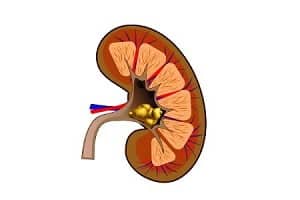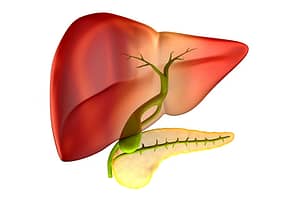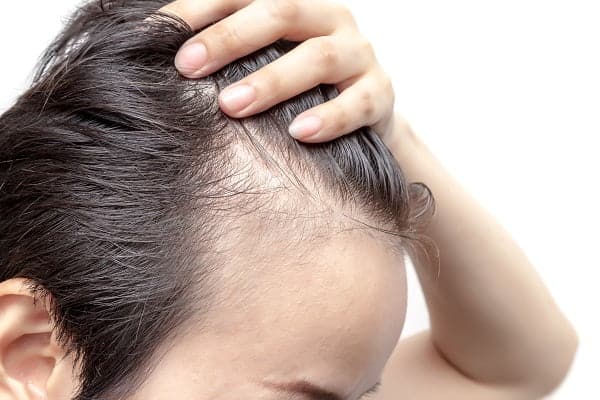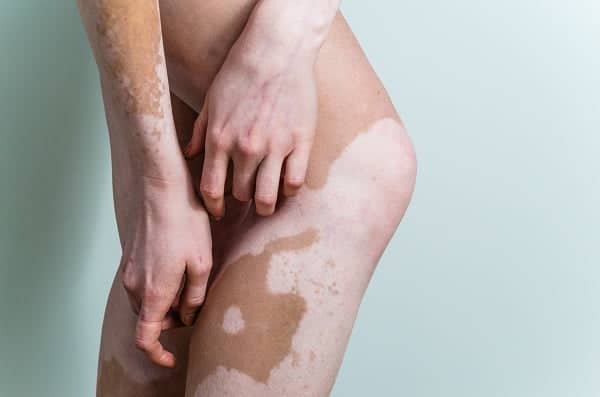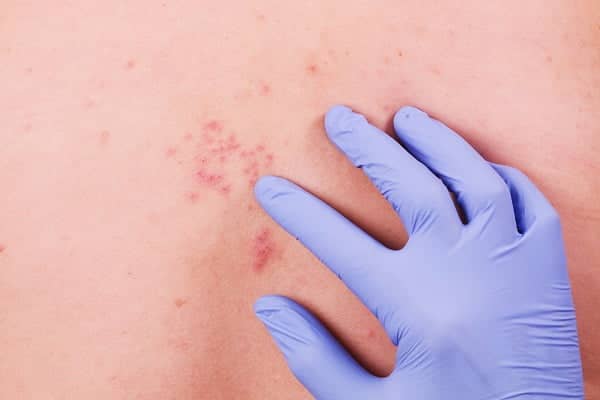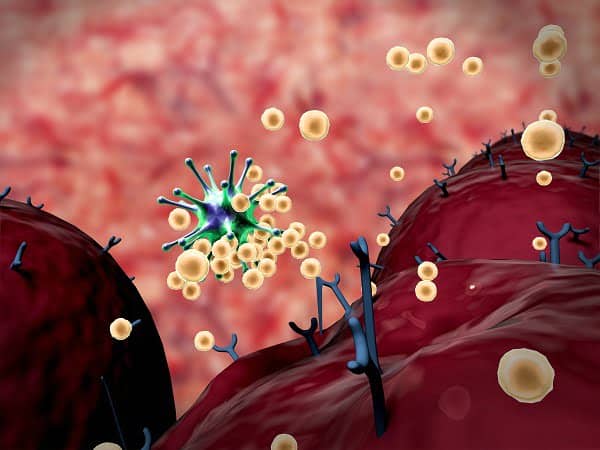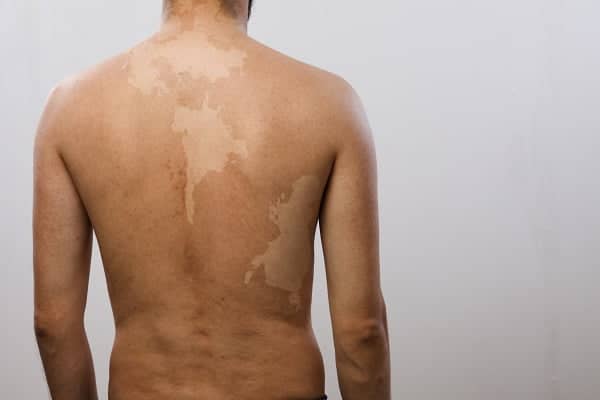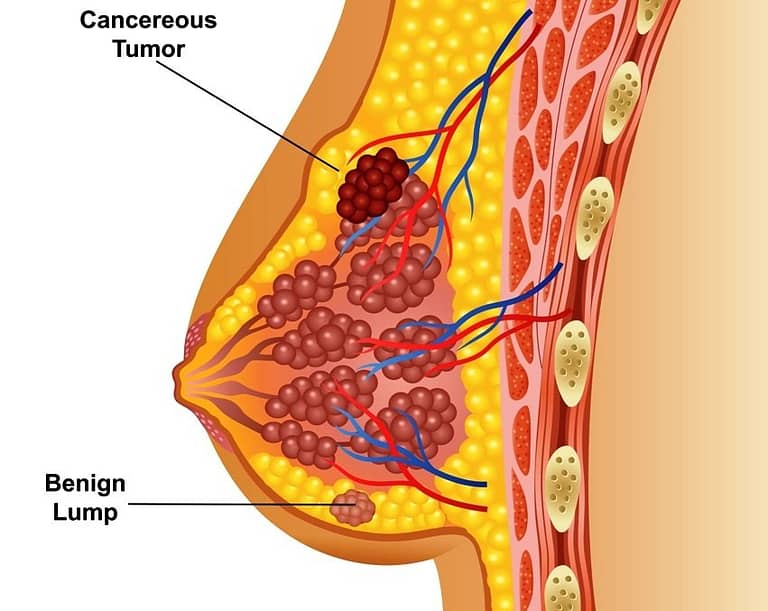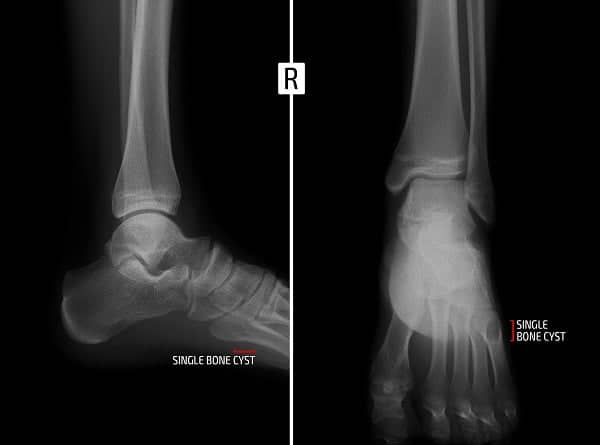Browsing: Hair and Skin

The page provides quick access to a list of common hair and skin diseases, syndromes, health conditions, and other topics of health importance about your skin and hair. The list is organized alphabetically. Links are provided to respective diseases sections that serve as a comprehensive and ultimate guide about the disease or health condition.
Skin and hair are the outer most protective layer of our body. It protects our body from foreign particles and infections and contains various glands. The skin has the ability to renew itself in every 28 days. The changes which appear on the skin may sometimes indicate overall health of an individual.
Skin and Hair diseases come under the category of dermatology, which is defined as the branch of medicine which deals with diseases related to hair, skin and nails. Skin and hair diseases are treated by a dermatologist, which includes both medical and surgical treatment options.
Presently, skin and hair diseases have shown a widespread occurrence. According to the American Academy of Dermatology, 84.5 million Americans have been affected with skin and hair diseases. These diseases can affect people of any age group, but high incidences are observed in people above the age of 65.
Some common skin disease includes dermatosis, non-melanoma cancer, eczema, melanoma and shingles. Some prevalent hair diseases include androgenetic alopecia, cosmetic hair damage, discoid lupus erythematosus, lichen planopilaris and dandruff.
Dry Flaky Scalp: Is it Dandruff? Causes, Symptoms, and Treatment
Dandruff and flaky scalp are two different things, though they usually have the same common symptom – flakes that fall off the hair and an itchy scalp. You develop dry scalp when your skin has too little moisture (dehydration). The skin on the scalp becomes irritated and causes flakes to fall off the head.
After your doctor diagnoses that you have eczema, he will use anti-inflammatory medications to give you relief from itching. Steroid creams and antihistamine medications are usually recommended. Alternate treatment options may be tried such as light therapy, coal tar, etc. Immunotherapy generally does not help in eczema.
Vitiligo is a self-generated disorder generally caused by autoimmune conditions, hormonal changes, acute emotional trauma, and recurrent episodes of jaundice or typhoid fever, prolonged antibiotic treatments or corticosteroid therapies. Your dermatologist will perform a physical exam of the affected areas on the skin such as those exposed to the sun.
Generally, shingles can be diagnosed with a physical examination of rashes and blisters. Your doctor will ask questions about your medical history. Sometimes, he may ask you for a sample of blood or skin from fluid-filled blisters. He will take the sample on a swab and the sample is tested in a lab.
What Causes Vitiligo And What Are Its Risk Factors?
Vitiligo occurs when pigment producing cells called melanocytes die or stop producing melanin, due to which skin loses its characteristics. It is still not clear why these cells die. It is believed that the immune system destroys the melanocytes in the skin, mistaking it as a foreign body.
The onset of shingles occurs when the herpes zoster virus which causes chickenpox reoccurs in the body. Herpes zoster virus belongs to the herpes viridae family. The virus lies dormant in the nerve system for several years, ever since one has recovered from chickenpox. However, in its inactive state, the individual does not experience any shingles symptoms.
Vitiligo is a progressive disorder of skin in which melanocytes in the affected skin are selectively destroyed. The disease affects all types of skin, but is more common in darker shades of skin. However, the disorder does not have a racial or ethnic preference. Currently, there is no cure for it.
The exact cause of psoriasis is not completely clear. Scientists believe that the disease is related to problems with our immune system. If you have psoriasis, the T cells in your body attack healthy skin cells by mistake. This triggers increased production of healthy skin cells that travel into the body causing psoriasis symptoms.
Complications of Psoriasis
You are at a greater risk of developing certain diseases if you have psoriasis. A common complication of psoriasis is psoriatic arthritis. It can cause joint pains and loss of function in some joints. People with severe form of psoriasis are likely to develop obesity, type 2 diabetes, hypertension, and many more diseases.
Eczema is a skin condition where patches of skin become inflamed, itchy, cracked, and red. Sometimes, blisters may develop. Often, the word eczema is used specifically to refer to atopic dermatitis, which is the most common type of eczema. Eczema can be triggered by environmental factors like smoke and pollen or by foods. It is not contagious.
